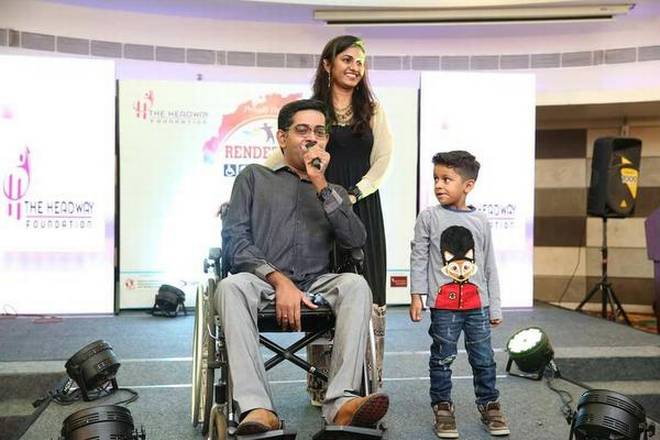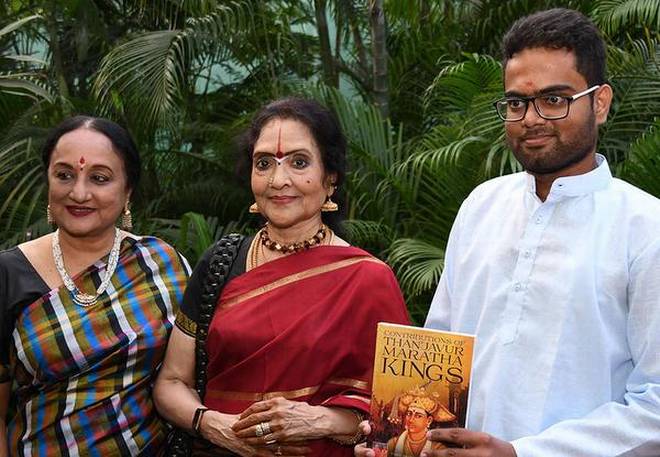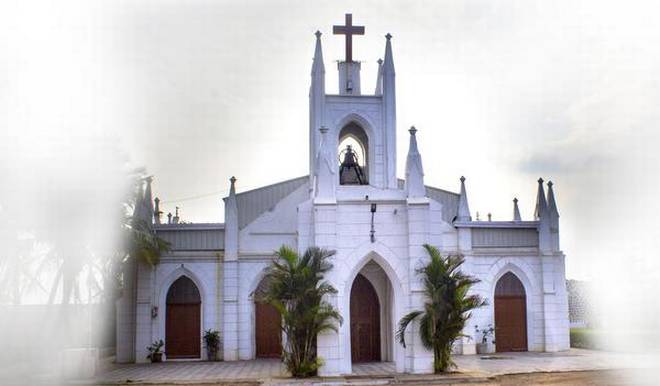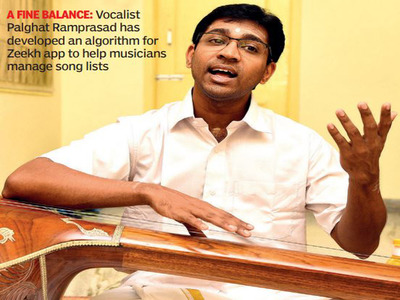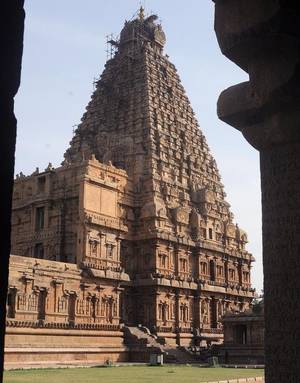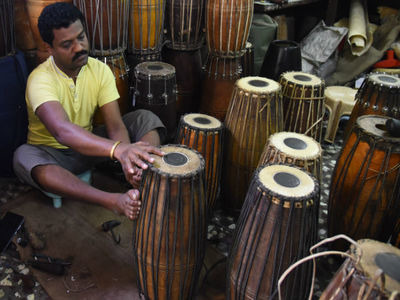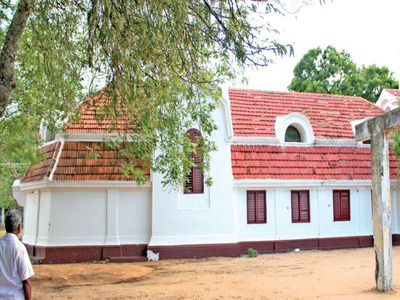With Suvastra Designs, this NIFT graduate creates fashion for everyone, regardless of disability
Meet fashion designer Shalini Visakan, a pioneer in adaptive clothing style in India.
When big brands like Tommy Hilfiger and Burberry launched their adaptive clothing lines in 2016, they weren’t successful, mainly because their designs were wearable for only a certain category of the differently-abled.
The physique of each differently-abled individual differs according to their disorder and lifestyle, and Visakan understood this. She understood such requirements better, since her husband is also differently-abled. And that is how Suvastra Designs was born.
Ergonomic designs
She says, “We used to travel a lot, and every time he had to move, people wouldn’t know how to lift or handle him. So, I designed pants with handles to carry him along, with extra crotch length that would give space for his urinal cups, unlike normal pants. The important part is that it should also look good and formal.”
Visakan took it forward by designing a one-piece sari for her friend’s mother, who wasn’t allowed inside a temple because she was wearing a nightie. The sari has an attached blouse, inskirt, pleats and pallu.
She states, “My friend’s mother is very religious and had to stop visiting the temple since she couldn’t wear a sari any more. So, after looking at the clothes that I had designed for my husband, he requested me to do the same for his mother.”
“We either meet the customer in person or ask them to send a video about themselves to understand their demands. For example, thicker fabrics such as denim are used to stitch pants for someone with polio.
Likewise, for people with spinal cord problems, clothes are designed using materials that allow free air circulation. Velcro or elastic-attached towels are made for people who are fragile and unable to control their own body. People who are paralysed on one side of their body can use shirts with magnetic buttons and an easy-to-handle zipper,” she explains.
Bridging the gap
Her husband and pillar of support, Visakan Rajendiran, says, “In a country like India, people feel more comfortable attending a social gathering in traditional attire. We realised that there is a big gap between the clothes available in the market and the requirements of the people.”
The Trios fashion show, held at Hilton, Chennai, in January this year, was India’s first fashion show that had models on the ramp in wheelchairs, alongside able-bodied odels. Visakan took the initiative to include physically-challenged models, and designed outfits for the ramp.
She explains her intent, “The idea was to create awareness about an inclusive society. There is no need to be sympathetic. The disabled also live a normal, happy life. This show was not made to showcase their struggles or tell inspiring stories. It was instead a show where the platform about equality; to show that beauty is inclusive.”
The success of the event was soon evident, as a lot of people started approaching Visakan. Their recent ad shoot for Suvastra Designs showed a differently-abled model.
“We approached a lot of brands, offering to shoot for free, but the idea was rejected. Only then did we decide to shoot an advertisement for our own brand, Suvastra Designs. Many people weren’t able to tell that the model is differently-abled. We wanted this to be a motivating factor for others,” discloses Shalini.
Bigger gains
The custom-made clothes start from a basic price range of ₹1,000. The couple reveals that although the business isn’t profitable yet, they want to expand its reach, rather than focus on profits.
The couple is also planning to train differently-abled persons to groom themselves, maintain fitness, ramp walk and build confidence, so that they can enter beauty pageants. They also hope to expand their stores across India to cater to the larger population.
source: http://www.thehindu.com / The Hindu / Home> News> Cities> Chennai / by Priyadarshini Natarajan / December 29th, 2017
